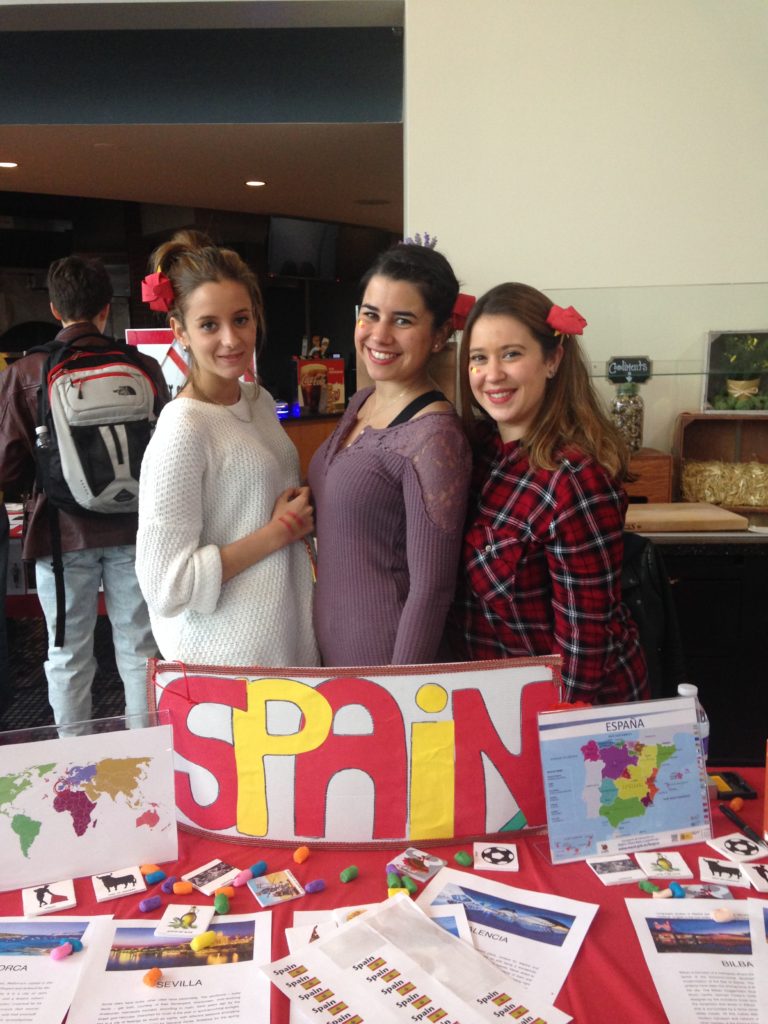Required Credits
Au pairs are required earn at least six academic credits during their year by completing classes/courses at accredited US post-secondary colleges and universities.
6 academic credits = approximately 8 CEUs = approximately 80 classroom hours
Universities and colleges use several different systems for credits, and au pairs use any combination of academic credits, CEUs, or hours as long as they add up to the required number of hours. (The absolute minimum is 72 classroom hours.)
Accredited Schools
Choosing Classes
Be flexible. Remember that your childcare responsibilities come first. Class schedules need to be arranged with your host family and around your childcare duties. Your favorite class may not be available when you are. Schools vary in what they offer, but most offer a wide range of choices and offer day, evening, and Saturday classes.
The APIA Advantage UCLA Course is the only State Department approved class with an online component. No other online classes are accepted.
Tuition
Your host family will pay an education allowance of $500 to assist you in completing your education requirement. There are a few ways to get your credits for just your education allowance, but choices are limited. Normally au pairs will contribute some of their own money ($200+) towards their education.
Transportation
Your host family will provide transportation, including gasoline, parking, or public transportation costs, to and from your classes in your community until you complete your education requirement.
If the class is remote (out of town), host families pay for the class and what is included; au pairs pay for transportation, food, & lodging.
Education Proof
Submit any of the following as proof of your education:
- Letter from the school on letterhead
- Completion certificate from the school
- School transcript
All proof of education must state your name, school attended, course title, start and end date of the course, and number of credits/hours earned. If your community counselor does not have proof that your education requirement has been completed, you will not receive a completion certificate upon your return to your home country and you forfeit the opportunity to extend.
DCC cluster au pairs should use this link to submit their education proof to their Community Counselor, Catherine.
Extending

Image: NEC Corporation of America (Flickr)
In order to extend, you must show proof that you have completed the education requirement no later than the end of your 11th month.
If you are still in the process of completing your education, you must obtain proof from the school stating that the course(s) you are taking will conclude no later than the end of your 11th month and the number of credits/hours/CEUs that you will earn.
All proof of education must state your name, school attended, course title, and number of credits/hours earned. Completed verification should be given to your community counselor. Your extension request will not be processed without this proof.













